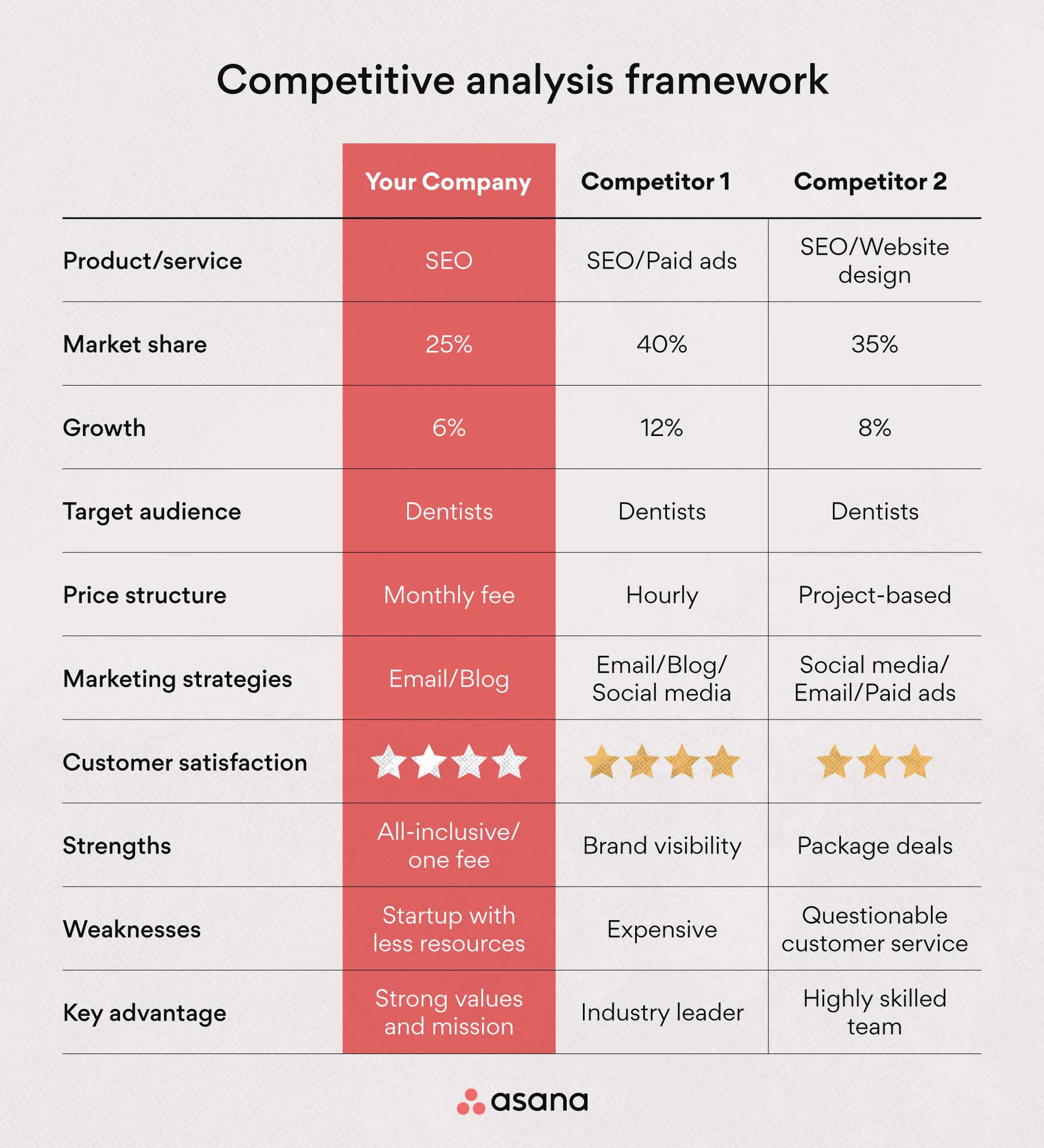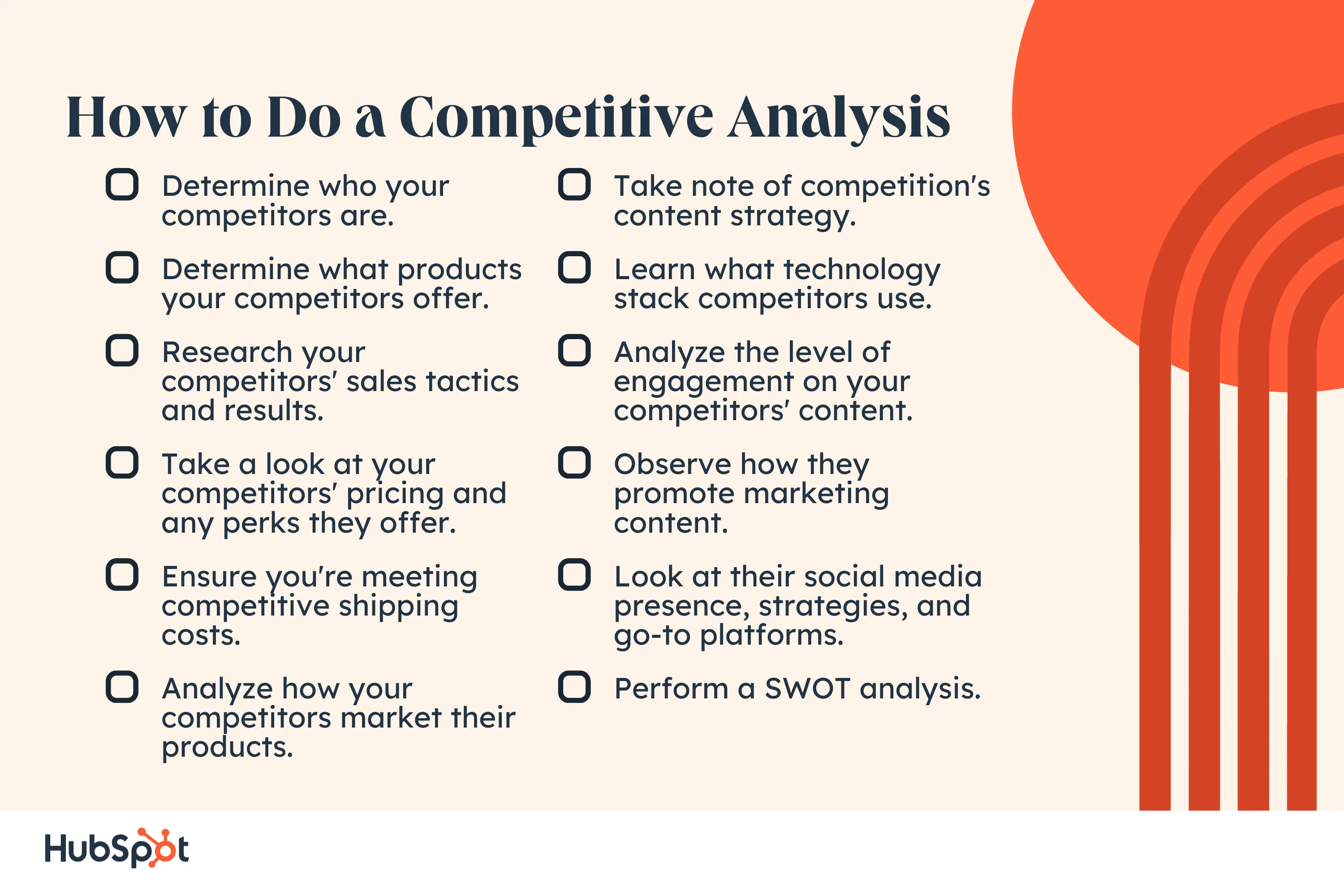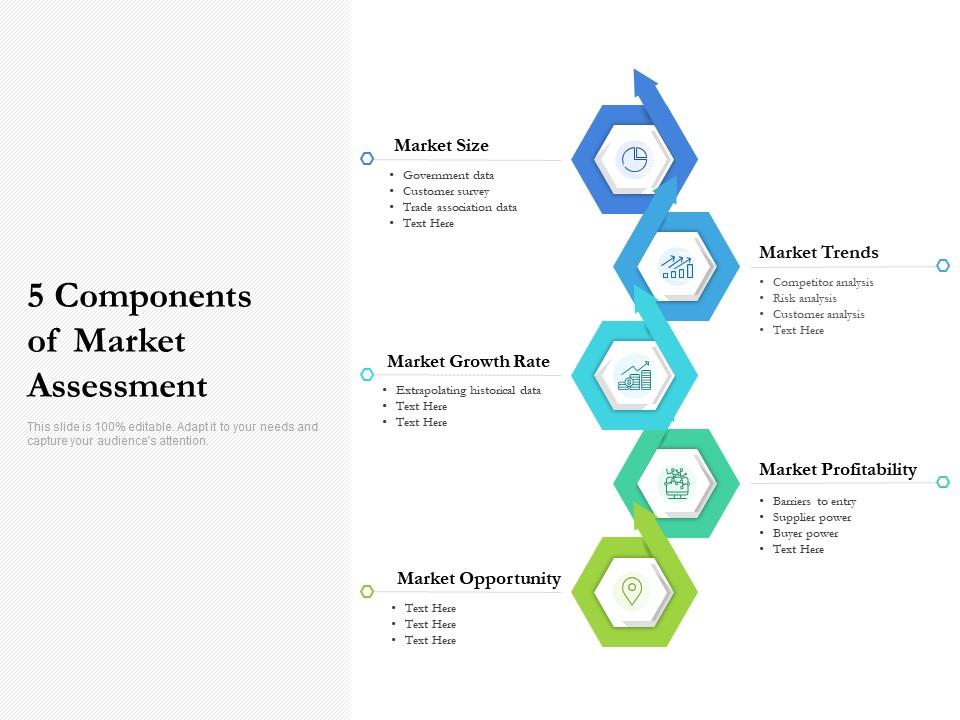How to Conduct Business Competitor Analysis: Your Comprehensive Guide

In the dynamic world of business, staying ahead of the curve often means understanding your competitors as well as you understand yourself. Imagine you're a chess player: knowing your opponent's moves is as crucial as planning your own. This is where business competitor analysis comes into play. It's not just about identifying who your rivals are; it's about understanding their strategies, strengths, and weaknesses to inform your own strategic planning. Let's dive into how to conduct a business competitor analysis that will give you a competitive edge.
Understanding Competitor Analysis
Competitor analysis is a fundamental part of market assessment. It involves gathering and analyzing information about your competitors to understand their behavior, strategies, and position in the market. This process helps you identify opportunities and threats, allowing you to make informed decisions that can drive your business forward.
Why Conduct a Competitor Analysis?
Conducting a competitor analysis is not just about keeping tabs on your rivals. It's about gaining insights that can help you refine your business strategies, identify gaps in the market, and capitalize on opportunities. By understanding your competitors, you can better position your products or services, optimize your marketing strategies, and ultimately, increase your market share.
Steps to Conduct a Business Competitor Analysis
Identify Your Competitors
The first step in conducting a competitor analysis is identifying who your competitors are. This includes direct competitors who offer similar products or services, as well as indirect competitors who may not offer the same products but still compete for your customers' attention and wallets.
Gather Information
Once you've identified your competitors, the next step is to gather as much information about them as possible. This includes their products or services, pricing strategies, marketing tactics, customer base, and financial performance. You can gather this information through various sources such as their websites, social media profiles, industry reports, and customer reviews.
Analyze Their Strengths and Weaknesses
After gathering information, analyze your competitors' strengths and weaknesses. This is often done using a SWOT analysis, which stands for Strengths, Weaknesses, Opportunities, and Threats. Identifying your competitors' strengths can help you understand what they are doing right, while identifying their weaknesses can help you identify areas where you can gain a competitive advantage.
Examine Their Strategies
Understanding your competitors' strategies is crucial for effective strategic planning. This includes their marketing strategies, product development strategies, and overall business strategies. By examining their strategies, you can identify trends and patterns that can inform your own strategies.
Monitor Industry Trends
Industry trends can have a significant impact on your competitors' strategies and performance. Monitoring these trends can help you anticipate changes in the market and adjust your strategies accordingly. This includes trends in technology, consumer behavior, and regulatory changes.
Develop a Competitive Strategy
Based on your analysis, develop a competitive strategy that leverages your strengths and capitalizes on your competitors' weaknesses. This could include developing new products or services, adjusting your pricing strategies, or refining your marketing tactics. The goal is to create a strategy that differentiates your business and gives you a competitive edge.
Tools for Competitor Analysis
There are various tools available to help you conduct a competitor analysis. These include:
- SEMrush: A powerful tool for analyzing your competitors' online presence, including their SEO strategies, paid advertising, and social media performance.
- Ahrefs: Another comprehensive tool for analyzing your competitors' SEO strategies, backlinks, and content performance.
- SimilarWeb: A tool for analyzing your competitors' website traffic, engagement, and audience demographics.
- Google Alerts: A free tool that allows you to set up alerts for mentions of your competitors, industry trends, and other relevant topics.
Case Study: How Apple Conducts Competitor Analysis
Apple is a prime example of a company that excels in competitor analysis. By continuously monitoring its competitors and understanding their strategies, Apple has been able to innovate and maintain its market leadership. For instance, Apple's introduction of the iPhone was a direct response to the growing popularity of smartphones from competitors like BlackBerry and Nokia. By understanding the strengths and weaknesses of these competitors, Apple was able to develop a product that not only matched but surpassed their offerings.
Conclusion
Conducting a business competitor analysis is not a one-time task but an ongoing process that requires continuous monitoring and adjustment. By understanding your competitors, you can make informed decisions that drive your business forward. Remember, the goal is not just to keep tabs on your rivals but to gain insights that can help you refine your strategies and capitalize on opportunities.
So, are you ready to take your business to the next level? Start by conducting a thorough competitor analysis and watch as your strategic planning becomes more effective and your market position strengthens.
FAQs
-
What is the purpose of a competitor analysis? The purpose of a competitor analysis is to gather and analyze information about your competitors to understand their strategies, strengths, and weaknesses. This helps you make informed decisions that can drive your business forward.
-
What are the steps involved in conducting a competitor analysis? The steps involved in conducting a competitor analysis include identifying your competitors, gathering information, analyzing their strengths and weaknesses, examining their strategies, monitoring industry trends, and developing a competitive strategy.
-
What tools can be used for competitor analysis? Tools that can be used for competitor analysis include SEMrush, Ahrefs, SimilarWeb, and Google Alerts. These tools help you analyze your competitors' online presence, SEO strategies, website traffic, and more.
-
How often should a competitor analysis be conducted? A competitor analysis should be conducted regularly, as the market and your competitors' strategies are constantly evolving. It's recommended to conduct a comprehensive analysis at least once a year and monitor your competitors on an ongoing basis.
-
What should I do with the information gathered from a competitor analysis? The information gathered from a competitor analysis should be used to inform your strategic planning. This includes developing new products or services, adjusting your pricing strategies, refining your marketing tactics, and capitalizing on opportunities in the market.


By following these steps and utilizing the tools and insights provided, you can conduct a comprehensive competitor analysis that will give you a competitive edge in the market.

Belum ada Komentar untuk "How to Conduct Business Competitor Analysis: Your Comprehensive Guide"
Posting Komentar